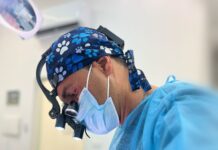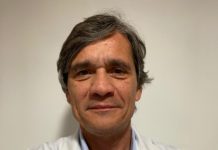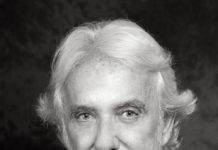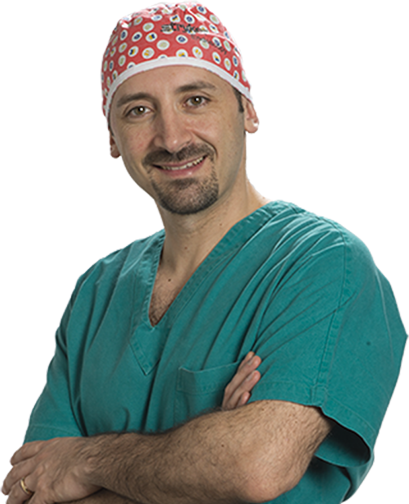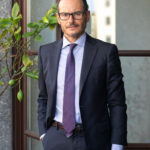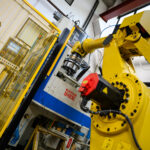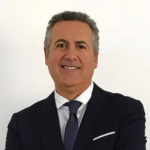Rhinoplasty: halfway between a Copernican revolution and an exploration of the Kamasutra
“Today rhinoplasty is an art. And a good surgeon must take into account many aspects: the features of the face, its size, the cut of the eyes, the thickness of the skin, the size of the lips, gender and height. This is because each nose is different from the other, and each case represents a different challenge. It is not enough to perform the procedure mechanically, because this would give all identical aesthetic results ”, states with emphasis Dr. Enrico Foresta, Specialist in Maxillofacial Surgery at the Gemelli Polyclinic Foundation in Rome.
Doctor Forest, can you explain the meaning of this title?
It is a sentence, which a patient of mine wrote some time ago, which contains the essence of rhinoplasty. Let me explain. In this particular historical period in which social media are the masters, even the aesthetics have been perfectly inserted in this virtual context: so the posts, the story or the like refer to a specific clinical case, to the surgical outcome, to the colleague on duty. Lately, however, this game has taken a wrong turn, and the intervention, whatever it is, is lightened in its importance and difficulty only in order to attract and entice a greater number of people. Those same patients who now have a medical culture transmitted by blogs or by the many messages left online, but lacking the tools and experience necessary to filter and fully understand the clinical picture or the surgical indication. And in fact today a greater number of patients undergo a visit starting: “Doctor, I suffer from this pathology, this is my therapy!” or “doctor, my friend has done this surgery, I want to do it too!” and when, at the end of the visit, something different is proposed because the surgical indication is different, the patient remains incredulous and tries to convince you that it is not the right way, just because he has read some inaccurate news on the internet.
For you, therefore, is it very important to raise public awareness on the importance of a septorhinoplasty surgery?
Absolutely yes! Recall that this type of intervention has a triple implication: aesthetic, functional and psychological. The first is dictated by fashion, by the skill and aesthetic taste of the surgeon, by the physiognomy of a specific face. Nevertheless, the patient still presents himself today with photos taken from the internet or with photos of friends who have already undergone surgery and are used as models. An absurdity! The patient must be properly informed about the right aesthetic change to make his face perfect. Otherwise, the risk is to make a nose not suitable for his face or, even worse, to create noses that are all the same. The second aspect is no less important: the nose must be able to work! Modern society that has put appearance first, aesthetics above all else, has overshadowed the most important aspect of the nose, namely its respiratory function, which a good surgeon cannot neglect. In fact, the two aspects cannot be separated, on the contrary in most cases patients undergo a visit as they report functional problems which are in turn linked to aesthetic defects. Thus, solving the imperfection means solving both problems.
And what can you tell us about the psychological implication?
In these years of activity I have divided the patients into two groups. The first is where nose defects in adolescence turn into handicaps; the boys belonging to this group do not take pictures, they look down, use large glasses or wear long hair. All this to hide a defect that unfortunately is there in the center of the face and can be seen. If obsession arises, as soon as possible, they undergo surgery. These are the youngest patients, the most determined ones, with clearer ideas but also those who have higher expectations. After the surgery, they walk with their heads held high, take pictures of their faces with pride, face life more confidently, having strengthened their character thanks to a real psychological revolution. The second group is represented, however, by those people who have a defect, perceive it as such but are not obsessed with it. After the more delicate stages of growth, the patient arrives at adulthood with full self-acceptance until, for various reasons, he takes up an old idea put in the drawer, left there and embraces it again. Generally this type of patient wants small changes, which should not be noticed. This should not suggest that the aesthetic change will not affect the emotional sphere, on the contrary in this case the psychological implication is stronger. The typical phrase after the surgery is: “I had to do it first!” So the patient tries to recover








